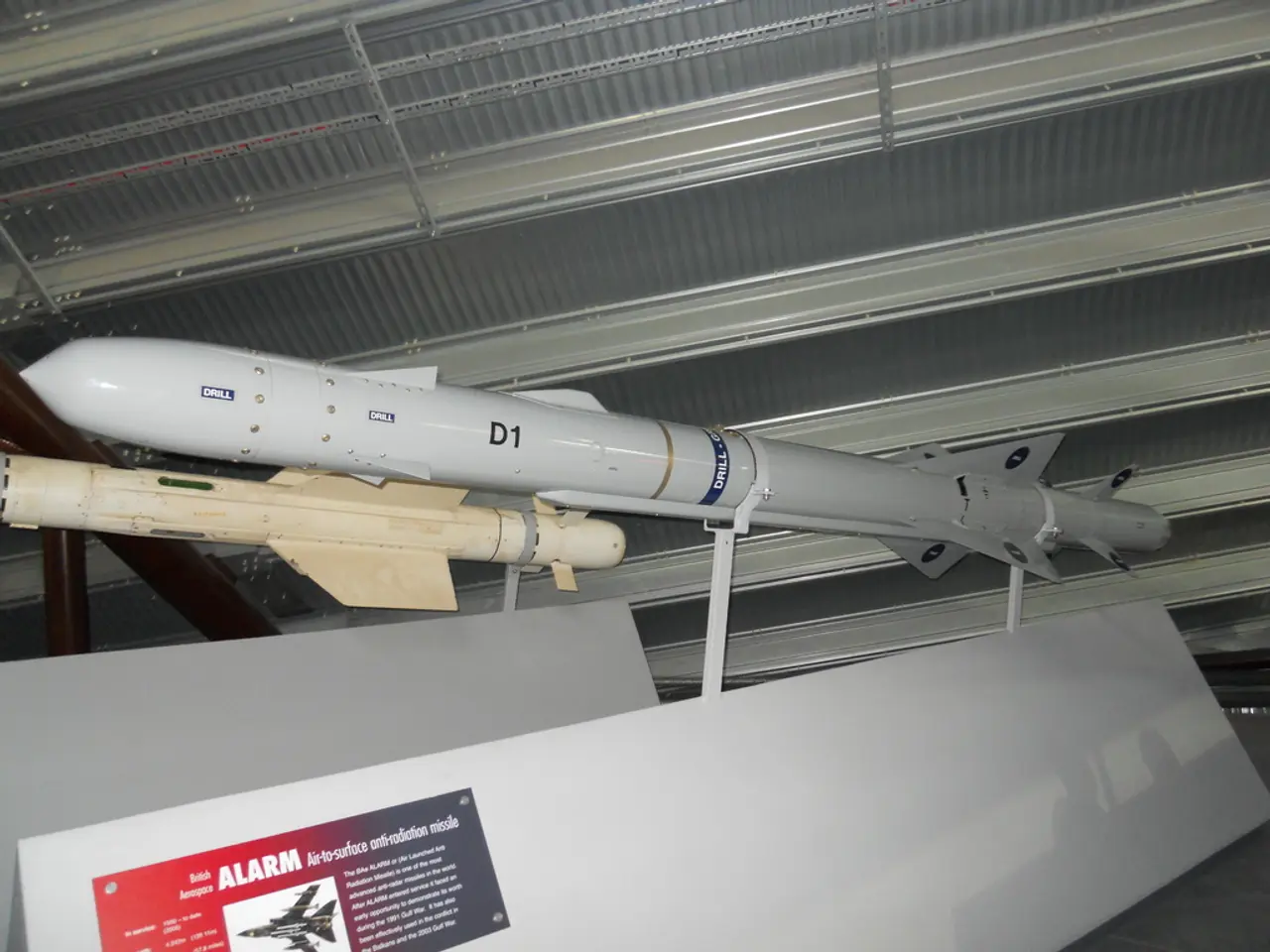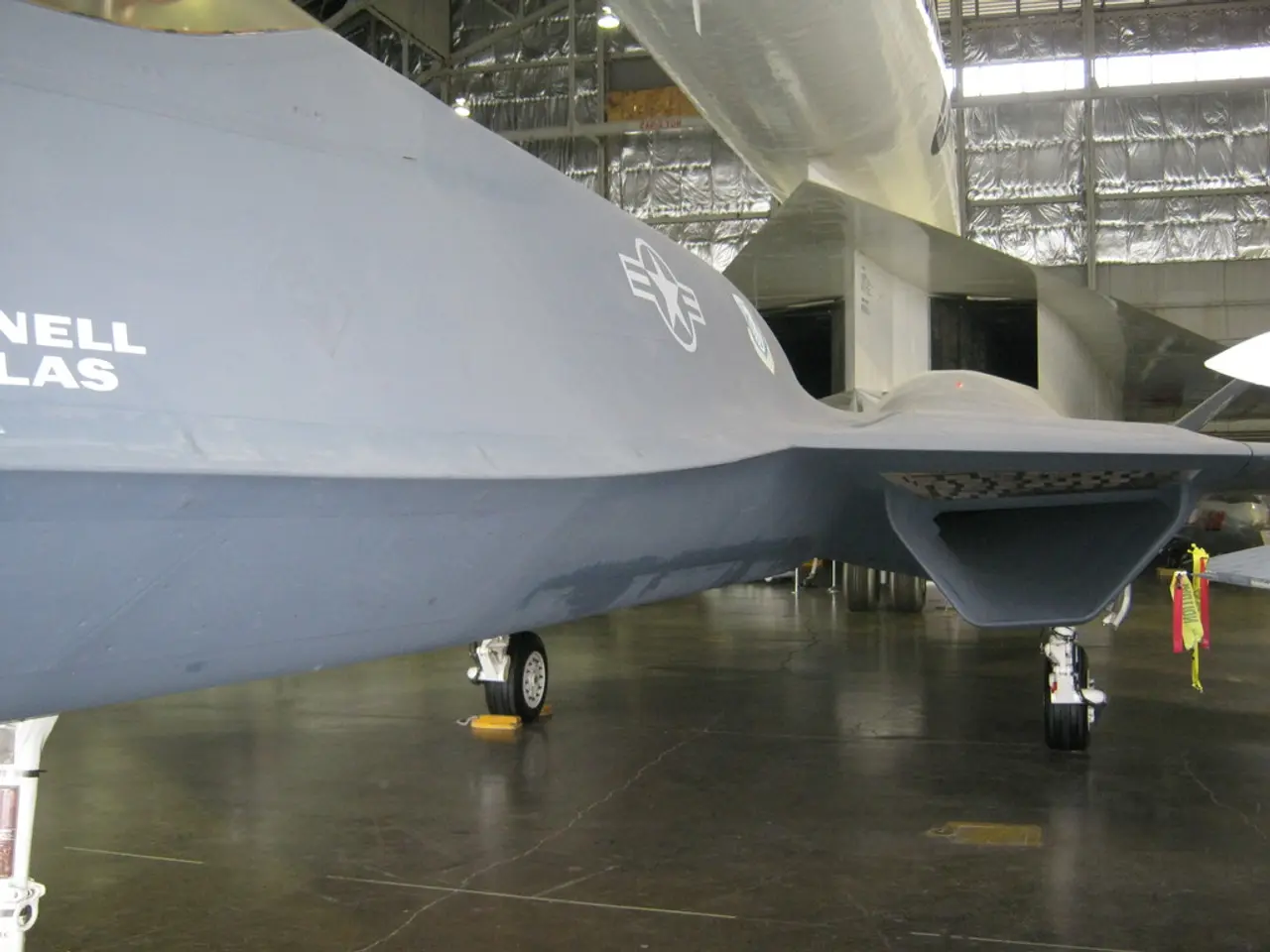Turkey commences development of high-speed anti-ship missile for naval use
Turkey is embarking on the development of its first supersonic anti-ship missile, with a focus on integrating a liquid fuel ramjet engine similar to the one used in the GÖKHAN beyond-visual-range air-to-air missile. This development is the result of a cooperation agreement signed between Roketsan and TÜBİTAK (The Scientific and Technological Research Council of Turkey) at the IDEF 2025 defense exhibition.
Design Specifications
The missile will be supersonic, distinguishing it from Turkey's existing subsonic anti-ship missiles like ATMACA, SOM-J, and ÇAKIR. Propulsion will use a liquid fuel ramjet engine, granting sustained supersonic speeds throughout its flight, enhancing speed and range performance compared to subsonic counterparts. No detailed information has been released about precise range, speed, or warhead specifications yet.
Platform Compatibility
The launch platform for the missile has not been officially disclosed and could include either aircraft or warships, providing flexibility in its operational deployment options.
Potential Advantages
The higher speed (supersonic) will reduce the target engagement time, making it harder for enemy defenses to react and intercept. The ramjet propulsion system provides sustained thrust, potentially allowing longer range or better terminal maneuverability than subsonic missiles. This development represents a significant leap in Turkey’s indigenous missile technology, adding a strategic and tactical layer to their naval and aerial strike capabilities.
Potential Limitations
Supersonic missiles generally pose engineering challenges, including thermal management and guidance robustness at high speeds. Without explicit data, the missile’s range or radar signature is unknown, which influences survivability and mission flexibility. Integration complexity on existing platforms may delay deployment or require hardware upgrades.
For context, Turkey recently unveiled the Tayfun Block-4 hypersonic ballistic missile, which is distinct from this anti-ship missile project. The Tayfun Block-4 weighs over 7 tons, carries a multi-purpose warhead, and targets strategic land installations rather than ships.
In summary, Turkey is initiating a supersonic anti-ship missile development program focused on advanced liquid fuel ramjet propulsion to complement already operational subsonic missiles. The full technical details and operational status of the missile remain undisclosed as of mid-2025.
The cooperation between Roketsan and TÜBİTAK in the development of Turkey's first supersonic anti-ship missile aims to take advantage of the science behind the liquid fuel ramjet engine, much like the one in the GÖKHAN missile, to deliver a more capable naval and aerial strike weapon. Should this project succeed, Turkey could potentially benefit from the advantages of supersonic speed, improved guidance robustness, and enhanced terminal maneuverability, but the potential limitations lie in the engineering challenges of thermal management and the missile's radar signature, range, and integration complexity with existing platforms. Additionally, it is interesting to note that Turkey is simultaneously working on other space-and-astronomy and technology-related projects, such as the Tayfun Block-4 hypersonic ballistic missile, signifying a broader commitment to scientific advancement and military capabilities in Turkiye.




